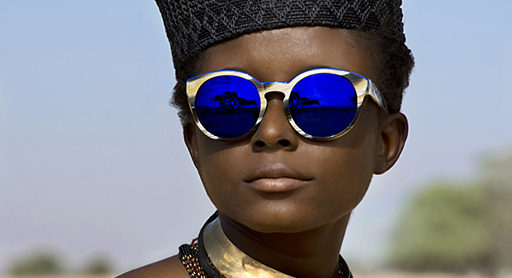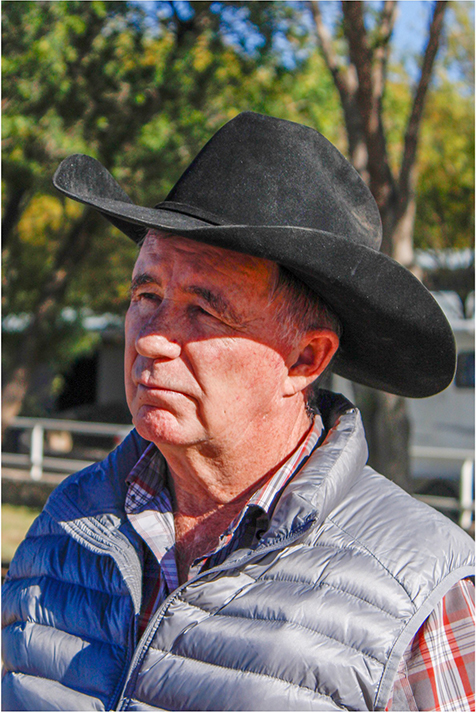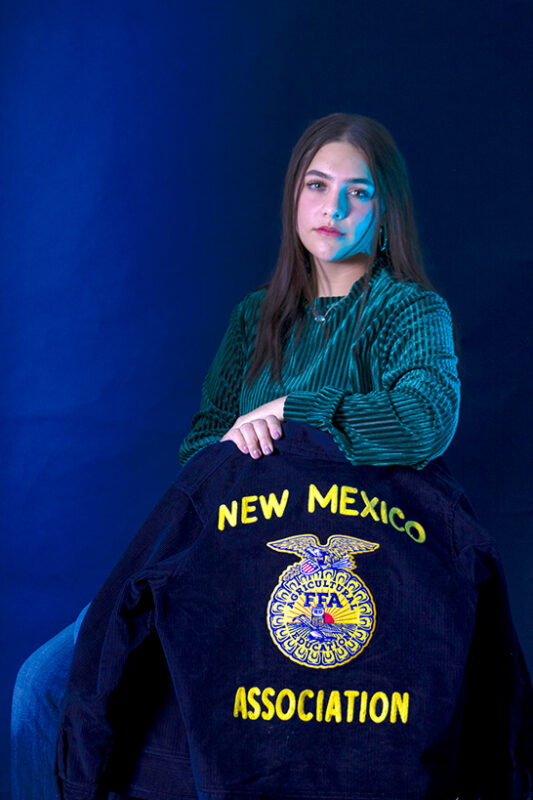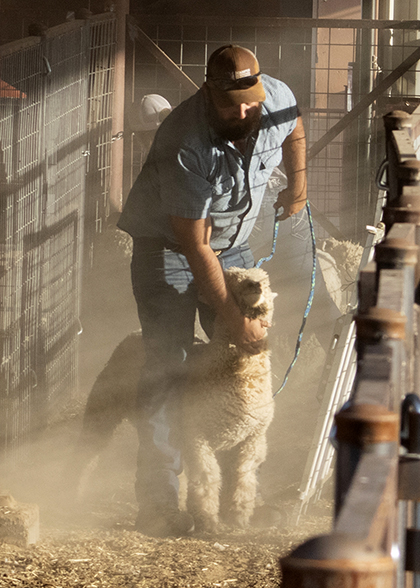What is Photojournalism?

DSC_7133;Etnia; South Africa; 2013, SOUTH_AFRICA-10041NF. A woman with blue and gold sunglasses wearing a black hat. CHECK IMAGE USAGE Retouched_ Ekaterina Savtsova 1/14/2014
It is easy to decide to want to be a photographer, figure out the means to get equipment and learn. The real issue comes down to deciding what kind of photographer a person wants to be, learning how to navigate the industry as well as how to monetize off of it.
When it comes to photojournalism, it’s easy to immediately think news or boring. However, photojournalism is using photography to objectively convey a narrative as well as a source of providing the news. The lack of understanding in photojournalism comes from not being able to properly define it. While it may mean different things to different people, it helps to distinguish it by comparing to other forms of photography.
For example, although photojournalism and documentary are seen as reportage photography, each conveys different messages. Documentary photography displays the many facets of life over an extended period of time whereas time is of the essence in photojournalism because deadlines are involved, unless it’s an extensive project, which is where the lines become a little blurred. In turn though, photojournalism shows small clips of life to educate or bring awareness and sometimes relies on being in the right place at the right time. Street photography is also something photojournalism can interweave with at some point or another. Although street photography’s primary feature is the livelihood of people in public places, it is not used for the purpose of news stories. Lastly fine art photography is usually concept base and ultimately tells a different story than photojournalism.
Another way to become better acquainted with what modern photojournalism is to immerse yourself in sources that highlight it like National Geographic or TIME Magazine.
However, it doesn’t hurt to know this information if pursuing photojournalism as well. Among this, other information is to be considered, for example knowing when photojournalism began and to discern for yourself it’s “golden age.” Although the practice of photojournalism originated in 1853, it was the invention of the Leica 35 mm in 1925 that led to the increase of mobility and ease among photographers, and while the “golden age” is said to be between the 1930’s and 950’s because of the flexibility the handheld camera and flash bulb allowed, we also live in a time where the world is so engaged with photographs and the possibilities to get published is higher whether in a publication or online.
Above all else, it is incredibly important to know how to make a living and study how other modern photojournalists have made it work. Steve McCurry, although known as one of the greatest photojournalists, has done editorial work for Valentino as well. While you can work as a freelance photographer, sometimes referred to as a stringer, it is not always steady and photographers work on a need to need basis. There is also the possibility working as a contract photographer and on a pre-determined number of stories for a pre-determined amount a year, which may also not be enough to make a living off of. Since there is a decline in staff photographer positions, as a photographer one has to be more well rounded and expand into other areas of photography to make a living, besides the fact that it provides more experience.
To help, it may be worthwhile to consider if a photo agency like Magnum photos, Associated Press, NPPA or others may be beneficial. Their work usually entails connecting photographers with creative opportunities as well as marketing the photographers work and helping to determine if a project or assignment is worth pursuing and negotiating the terms on
their client’s behalf. It is wise to understand that a photo agent is paid a certain percentage from the earnings. All in all, it comes down to weighing out the benefits of being represented versus representing one’s own self




